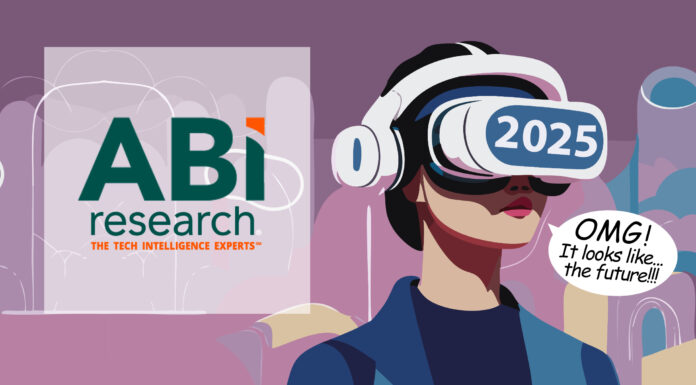The rapid adoption of artificial intelligence (AI) in industrial enterprises is reshaping the way organizations view and implement cloud strategies. Industrial enterprises generate a staggering amount of data – from factory sensors to supply chain systems – and leveraging this data effectively is becoming a critical competitive differentiator. To give an idea about the scale: ABI Research forecasts that industrial enterprises will generate a staggering 4.4 zettabytes (ZB) of data by 2030. However, only about five percent is properly utilized – as data is stored in all different silos.
From predictive maintenance to real-time supply chain optimization, AI use cases are driving a fundamental transformation in IT infrastructure. In 2025, this trend will accelerate, with enterprises prioritizing cloud solutions that can support advanced AI-driven processes while addressing scalability, latency, and compliance challenges. Suppliers will find themselves at the forefront of this evolution, tasked with delivering tailored solutions that meet the complex demands of industrial environments.
Cloud models and data integration

AI use cases in industrial enterprises demand enormous computational power, seamless data integration, and real-time analytics capabilities. These needs are pushing enterprises to revamp their digitization strategies on a few different fronts.
First, industrial companies are moving away from a one-size-fits-all approach to the cloud. The idea of a hybrid cloud architecture, which combines public and private cloud with on-premises systems, is starting to emerge and will generate more traction in 2025. These setups allow enterprises to process sensitive or latency-critical workloads on-premises while leveraging the scalability of public cloud for less critical operations like training AI models.
As AI-driven industrial applications often require low-latency data processing, this will require integrating edge computing resources into a holistic cloud strategy. Edge devices can preprocess data locally, reducing the need for round-trip transmissions to the cloud. For example, AI algorithms on a factory floor can analyze machine performance in real-time, sending only aggregated insights to the cloud.
Furthermore, AI’s success hinges on access to unified and high-quality data. Enterprises are adopting data fabric solutions (from providers such as IBM and Informatica) that enable seamless data sharing across diverse environments. These fabrics provide the interoperability necessary for AI to draw insights from disparate sources like IoT devices, ERP systems, and CRM platforms.
As AI use cases expand, the volume of sensitive industrial data grows. Enterprises are prioritizing robust cybersecurity measures and ensuring compliance with regulations like GDPR and sector-specific standards.
What this means for suppliers
Suppliers of cloud services, hardware, and software must adapt their offerings to meet the evolving demands of AI-powered industrial enterprises.
First, suppliers must provide flexible cloud solutions that allow enterprises to scale resources dynamically. For instance, the training of AI models might require bursts of high computational power, while inference workloads are more predictable. Suppliers should offer pay-as-you-go models and tools to manage resource allocation efficiently.
Second, Suppliers need to develop edge-computing solutions tailored to industrial environments. This includes ruggedized hardware from OEMS and software platforms that seamlessly integrate with enterprise cloud systems.
Partnerships with edge hardware providers and IoT vendors will be critical. With the rising importance of data fabric solutions, cloud service providers should look at offering tools that enable industrial customers to unify and manage data across on-premises, edge, and cloud environments. Collaboration with middleware vendors and adherence to open data standards will enhance supplier relevance.
Furthermore, enterprises will demand hardware and software optimized for AI workloads. Suppliers should offer GPU-accelerated cloud instances (like those from NVIDIA), pre-trained AI models, and development platforms tailored to industrial use cases. They should also explore partnerships with AI-specific chip manufacturers to gain a competitive edge.
Long-story short: the rise of AI-driven cloud strategies creates both hurdles and opportunities. Suppliers must balance customization and scalability, address talent gaps, and foster collaborative ecosystems. Industrial enterprises are poised for significant transformation in 2025, and suppliers who align their strategies with this shift will thrive. By embracing hybrid and edge-cloud models, enabling robust data management, and prioritizing compliance, suppliers can cement their roles as enablers of the next industrial revolution.

